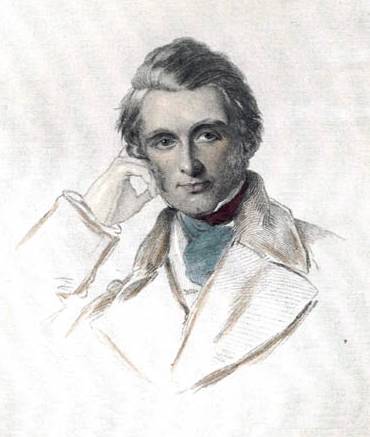"One, however, of these child instincts, I believe that few forget, the emotion, namely, caused by all open ground,
or lines of any spacious kind against the sky, behind which there
might be conceived the Sea. It is an emotion more pure than that
caused by the sea itself
Whatever beauty there may result from effects of light
on foreground objects,—from the dew of the grass, the flash of the
cascade, the glitter of the birch trunk, or the fair daylight hues of
darker things (and joyfulness there is in all of them), there is yet a
light which the eye invariably seeks with a deeper feeling of the
beautiful,—the light of the declining or breaking day, and the
flakes of scarlet cloud burning like watch-fires in the green sky
of the horizon;
It
is not then by nobler form, it is not by positiveness of
hue, it is not by intensity of light (for the sun itself
at noonday is effectless upon the feelings), that this strange distant
space possesses its attractive power. But there is one thing
that it has, or suggests, which no other object of sight
suggests in equal degree, and that is—Infinity. It is of all visible
things the least material, the least finite, the farthest withdrawn
form the earth prison-house, the most typical of the nature of
God, the most suggestive of the glory of His dwelling-place."
Modern Painters II, p. 79-81
"And of these hues, that of open sky is one not producible by human art. The sky is not blue colour merely,—it is blue fire, and cannot be painted.
§ 4. Next, observe, this blue fire has in it white fire; that is, it has white clouds, as much brighter than itself as it is brighter than the white paper. So, then, above this azure light, we have another equally exalted step of white light. Supposing the value of the light of the pure white paper represented by the number 10, then that of the blue sky will be (approximately) about 20, and of the white clouds 30. But look at the white clouds carefully, and it will be seen they are not all of the same white; parts of them are quite grey
compared with other parts, and they are as full of passages of light and shade as if they were of solid earth. Nevertheless, their most deeply shaded part is that already so much lighter than the blue sky, which has brought us up to our number 30, and all these high lights of white are some ten degrees above that, or, to white paper, as 40 to 10. And now if you look from the blue sky and white clouds towards the sun, you will find that this cloud white, which is four times as white as white paper, is quite dark and lightless compared with those silver clouds that burn nearer the sun itself, which you cannot gaze upon,—an infinite of brightness. How will you estimate that? And yet to express all this, we have but our poor white paper after all. We must not talk too proudly of our “truths” of art: I am afraid we shall have to let a good deal of black fallacy into it, at the best."
(Modern Painters vol. IV, p. 51)

No comments:
Post a Comment